1. Border Collie
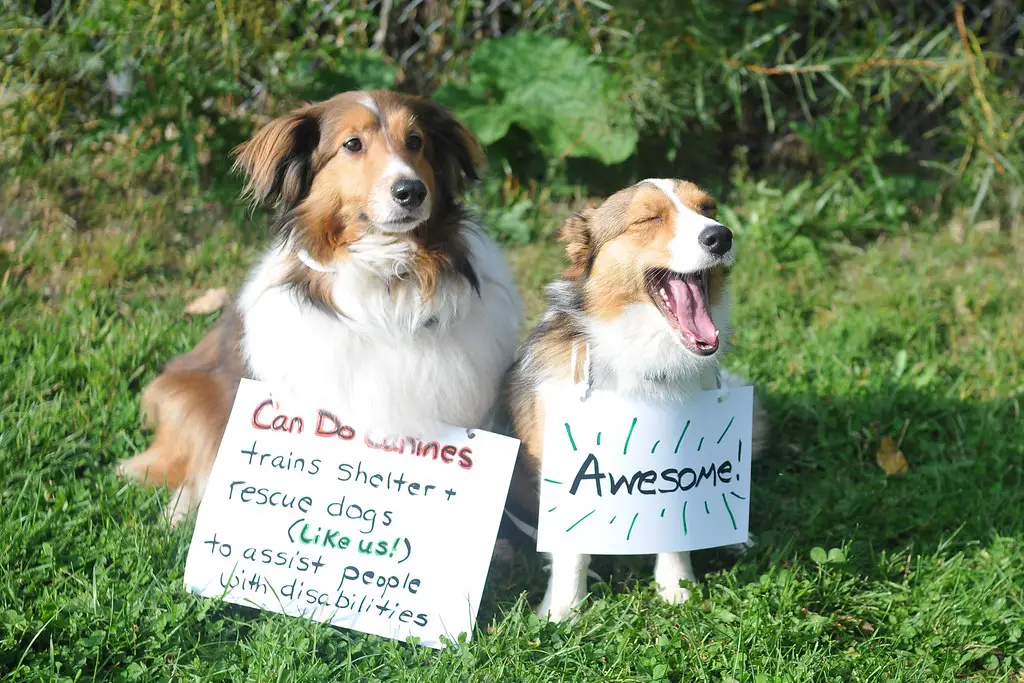
If Border Collies were human, they’d be the kid who finishes the group project before you even open Google Docs. Incredibly intelligent and highly energetic, they were bred to herd sheep—not chill in your apartment watching “Love Is Blind.” According to The Spruce Pets, Border Collies need near-constant stimulation or they’ll find ways to entertain themselves—like destroying your couch or herding your kids into the closet. Their high-maintenance mental and physical needs can easily become overwhelming, especially if you’re working full time or have a social life beyond throwing tennis balls.
Stress creeps in when they don’t get enough exercise, leading to neurotic behaviors like pacing, barking, or chewing everything within a ten-foot radius. If you’re already anxious, a Border Collie’s boundless energy can feel like having a furry little CEO demanding constant deliverables. To make it work, invest in puzzle toys, agility training, and long hikes—daily. A bored Border Collie is a walking stressor. But a well-exercised one? They’re a loyal, genius sidekick. Just don’t expect them to Netflix and chill.
2. Siberian Husky
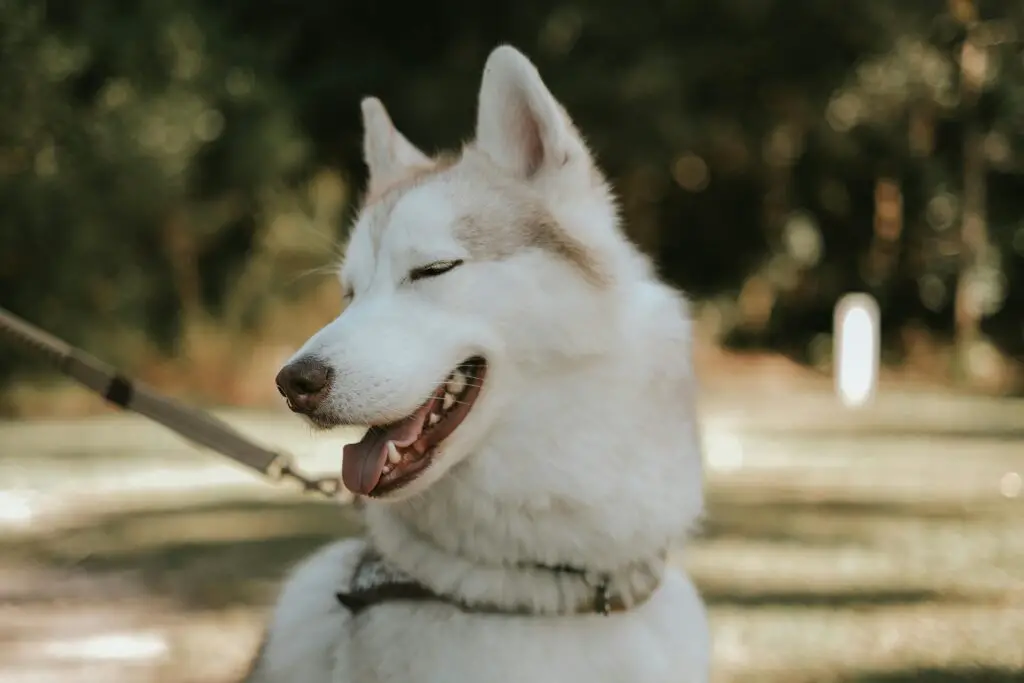
Huskies are majestic… until they scream at you for not sharing your Pop-Tart. These dramatic fluffballs are infamous for their vocal complaints, escape artistry, and marathon-level stamina. A report from Fitbark notes that while they’re friendly and fun, they can also be extremely challenging for first-time dog owners. Huskies were literally built to pull sleds through blizzards—so your backyard isn’t cutting it.
Their tendency to run (far and fast), combined with their need for serious exercise, makes them notorious for causing owner stress. Not to mention their Houdini skills: if there’s a way out, they will find it. They also shed like it’s their full-time job, so say goodbye to black pants forever. The key to surviving Husky parenthood? Secure fencing, a strong vacuum, and a sense of humor. Daily runs, structured playtime, and mental stimulation will help them chill out—and, in turn, help you not lose your mind. Just prepare to be outsmarted regularly.
3. Belgian Malinois
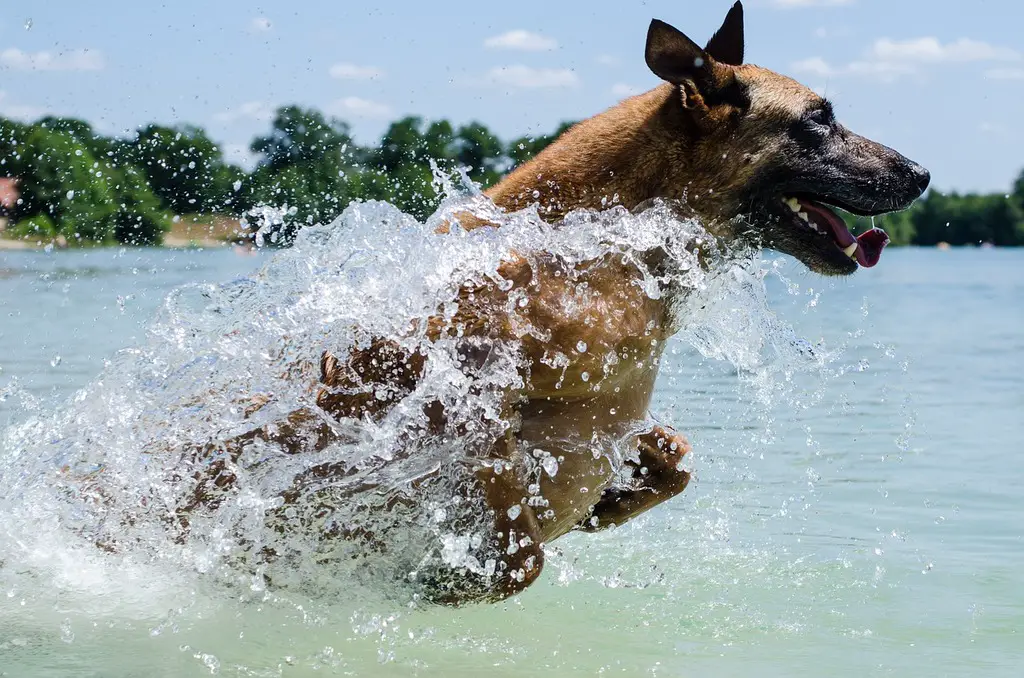
Imagine adopting a Navy SEAL who thinks you’re slacking. That’s basically a Belgian Malinois. According to People, rescues have seen a surge in overwhelmed Malinois owners who had no idea what they signed up for. These dogs are brilliant, driven, and bred for tactical missions—not casual park strolls. If you’re not a police officer or working dog handler, they might be a little much.
They can be reactive, aggressive without proper training, and they need structure like it’s oxygen. Without it, they’re prone to anxiety, destructive behavior, and high-level chaos that stresses out even seasoned owners. Think: chewed furniture, surprise bites, and “Did my dog just jump a six-foot fence?” vibes. If you already deal with anxiety, a Malinois might crank that up to eleven. But with professional training, socialization, and tons of activity, they can become incredible partners. Just know: this is not an “impulse buy at PetSmart” kind of dog.
4. Jack Russell Terrier

Don’t let the size fool you—Jack Russells are tiny, turbocharged chaos goblins. These compact dogs were bred for hunting and burrowing, which explains their tendency to dig, chase, and bark at literally everything that moves. Pets Radar highlights their hyperactive nature and need for serious mental stimulation, noting that they’re not for the faint of heart. Sure, they’re cute and clever. But left alone too long or unstimulated? You’re one chewed shoe away from a meltdown.
They can be bossy, loud, and difficult to train without consistent boundaries. Owners often underestimate just how much attention these dogs need—and the stress hits hard when the cuteness wears off and the reality sets in. They’re like caffeine in dog form: fun in small doses, but too much will leave you shaky and overwhelmed. To keep things from spiraling, Jack Russells need firm training, daily exercise, and interactive toys. If you’re up for the challenge, they can be loyal, loving, and laugh-out-loud funny. But if you’re just looking for a chill companion, maybe scroll down.
5. German Shepherd

Loyal? Yes. Protective? Absolutely. Easy? Not so much. German Shepherds are working dogs to their core, and they need a job—or they’ll invent one, like patrolling the living room at 3 a.m. American Kennel Club reported on the growing number of GSDs surrendered due to behavioral issues, often stemming from lack of training or stimulation. Without early socialization and a strong leadership bond, they can develop reactivity, anxiety, and aggression.
Their size, strength, and intensity can be intimidating, especially if you’re a newer dog owner. And while they can be amazing protectors, they also require firm, consistent discipline—which, let’s face it, can be stressful when you’re trying to keep up with work, laundry, and everything else life throws at you. Training classes, structured routines, and ample exercise are musts. So is making peace with the fact that you’ll probably vacuum every day. But if you’re willing to put in the work, German Shepherds can be fiercely loving, loyal companions. Just don’t expect a low-maintenance lapdog.
6. Dalmatian
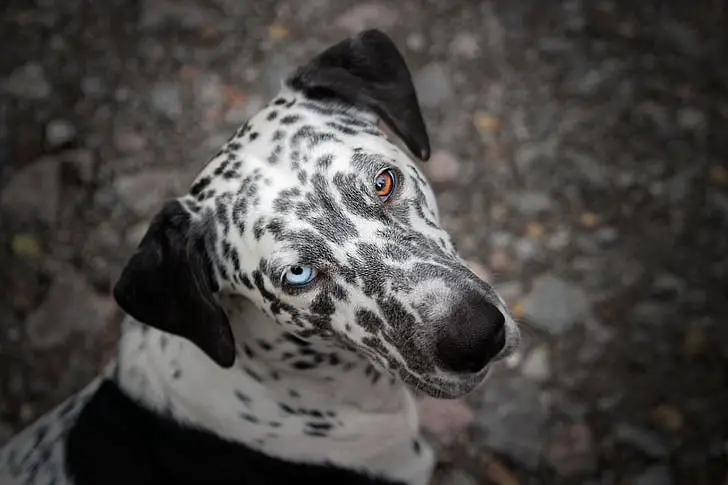
They’re spotted, iconic, and absolutely not as low-maintenance as Disney led us to believe. Dalmatians are high-energy, high-maintenance, and often high-drama. They were bred to run alongside carriages for miles, so yeah—your backyard won’t cut it. Without proper physical and mental stimulation, they can become destructive and neurotic faster than you can say “101 Problems.” They’re also known for being aloof with strangers and even a little nippy without consistent training. On top of that, they shed constantly—like, aggressively. Many owners are surprised by their strong prey drive and stubborn streak, which can make training feel like an emotional bootcamp. If you’re not running marathons or signing up for daily agility drills, this breed may spike your stress levels. But for the right person, they’re loyal, goofy, and fiercely athletic. Just don’t mistake them for a chill movie prop.
7. Weimaraner

Nicknamed the “Gray Ghost,” Weimaraners are hauntingly beautiful—and sometimes just plain haunting. These dogs bond hard and fast with their humans, which means separation anxiety hits them like a freight train. They don’t like to be alone, and they’ll let you (and your neighbors) know. If you’ve got a 9-to-5 job and a social life, be prepared for destroyed furniture and guilt-ridden mornings. They’re also incredibly energetic and require loads of exercise—think long hikes, intense playtime, and maybe a dog treadmill if you’re feeling fancy. Without all that, they can become anxious and hyper-destructive. Their intense neediness is both sweet and smothering, depending on your stress tolerance. They also have strong prey drives, so cats, squirrels, and sometimes mailmen are fair game. If you’re a clingy runner with time to burn, you two might be soulmates. If you value peace and quiet… maybe keep scrolling.
8. Australian Cattle Dog

These pups are brilliant little powerhouses—and a handful even on their best days. Australian Cattle Dogs were bred to herd livestock in rough terrain, which means they’re tough, tenacious, and need a job. Like, an actual one. Without structure and stimulation, they’ll invent tasks—usually ones that involve herding your kids or nipping at guests’ ankles. Their energy doesn’t dip with age; they go hard until the end, which sounds inspiring until you’re the one trying to keep up. They can also be fiercely independent, making training a real exercise in patience. Add a tendency to be wary of strangers and other pets, and you’ve got a full-time management position on your hands. They’re loyal, protective, and crazy smart—but very much not for everyone. If you’re a control freak who thrives on routine, you might just love them. But if chaos sends you spiraling, maybe pass on this cowboy.
9. Chihuahua

Yes, they’re small—but their personality? Absolutely massive. Chihuahuas are notorious for their sass, their bark, and their undying devotion to one human (you), which can make things awkward for literally everyone else. They’re prone to jealousy, yappiness, and big feelings stuffed into a tiny frame. Many owners don’t anticipate just how much socialization and training these dogs need to avoid becoming little napoleons. They also tend to be anxious, especially in chaotic environments, which can lead to nervous peeing, snapping, or full-on trembling meltdowns. And while they don’t need long walks, they do need mental stimulation and companionship. Leave them alone too long, and they might turn your apartment into a tiny fury of vengeance. Stressful for them, stressful for you. Still, for the right person—usually someone home a lot—they’re fiercely loving and deeply loyal. Just don’t expect a chill accessory dog.
10. Boxer

Boxers are lovable goofballs with the energy of a toddler on Red Bull. They thrive on attention, interaction, and play—lots and lots of play. If you’re not giving them enough of it, they’ll bounce off the walls (and your sanity). These dogs are strong, stubborn, and not always easy to train, especially during their long puppy stage. Think “giant puppy” energy well into adulthood. They’re also prone to separation anxiety and can get destructive when bored. If you’re not home a lot, they’ll let you know with chewed shoes and sad, side-eye guilt trips. They need structure, exercise, and lots of positive reinforcement. But when they’re well-trained and well-exercised, they’re affectionate, protective, and hilarious companions. Just know you’re not bringing home a chill lap dog—you’re getting a full-time comedy-action show.
11. Akita

Akitas are regal, aloof, and intense. They’re known for being independent thinkers, which is code for “not going to listen unless they feel like it.” That independence, mixed with a strong guarding instinct, can lead to major stress if you’re not confident in dog handling. They’re also big and strong, so a leash tug from an Akita isn’t a suggestion—it’s a power move. Without early socialization, they can become reactive or even aggressive with other dogs and strangers. They tend to bond deeply with their people but are not usually warm and fuzzy with outsiders. Which can be great… until you try to have guests over. Training takes consistency, calm authority, and zero tolerance for laziness. If you like a challenge and have a stoic personality to match, they might suit you. If you’re already juggling emotional load, an Akita might be too much to handle.
12. Beagle
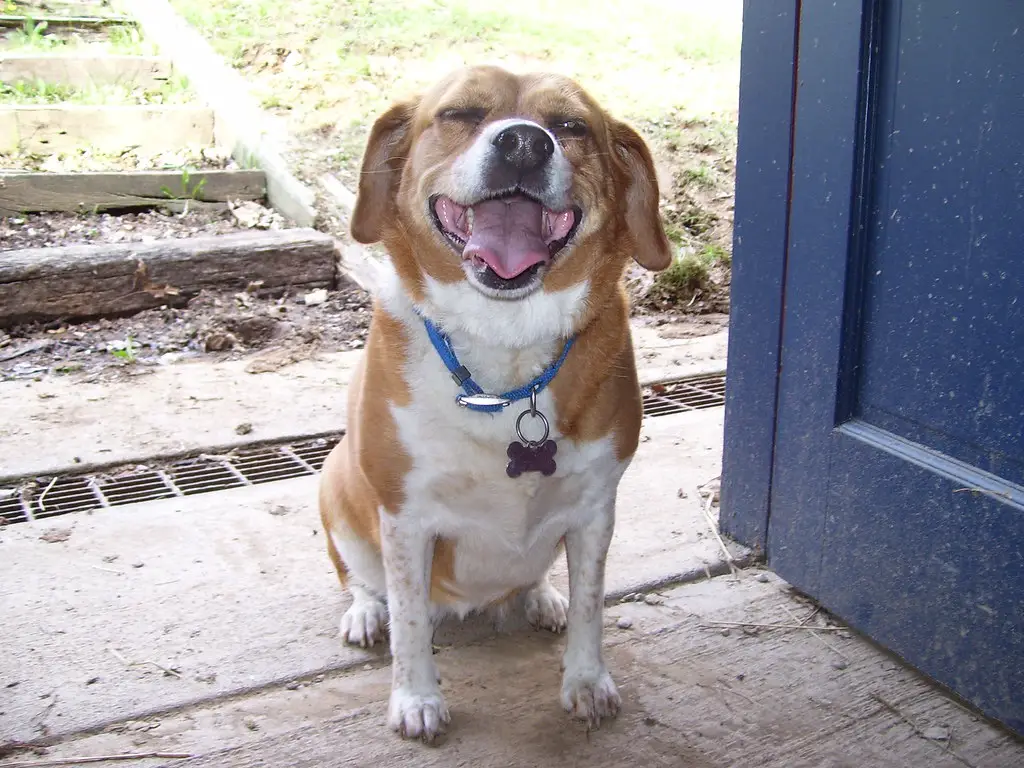
Don’t be fooled by those soulful eyes and floppy ears—beagles are a handful. They were bred to track scents for miles, which means they have one-track minds and follow their noses straight into trouble. It also means they can be very stubborn, especially when distracted. Which is… always. Beagles are also notorious escape artists and howlers, which is not ideal for apartment dwellers or neighbors who enjoy peace. They need a lot of exercise and enrichment to avoid destructive behaviors. Left bored, they’ll chew, dig, bark, or all three at once. They can be incredibly sweet, but their independence often makes training feel like a battle of wills. If you’re patient and persistent, a beagle will reward you with affection and hilarious antics. But if unpredictability stresses you out, think twice before bringing this floppy chaos gremlin home.
13. Cocker Spaniel
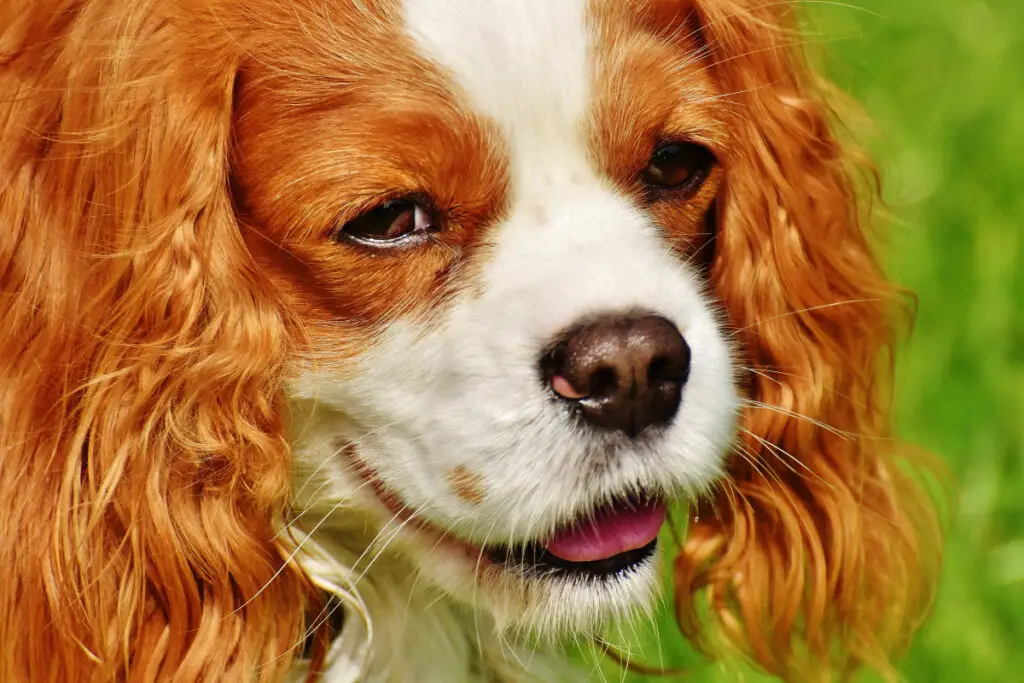
Cocker Spaniels are sweet and sensitive—but sometimes a little too sensitive. These dogs were bred as hunting companions, but nowadays they mostly just want to be close to you… like, really close. They’re prone to separation anxiety and can become distressed if you so much as leave the room. They also need regular grooming, which can add financial and time stress. On top of that, they’re susceptible to “Cocker Rage Syndrome,” a rare but real behavioral condition that can trigger sudden aggression. Training is absolutely essential, as is early socialization and establishing a calm household. Loud, chaotic environments stress them out—and then they stress you out. They respond best to gentle discipline, not tough love, so it’s all about being firm and kind. If you’re looking for an emotional support animal that sometimes needs emotional support, they’re your jam. But if you’re easily overwhelmed, this high-maintenance sweetheart might be a lot.
14. Great Dane
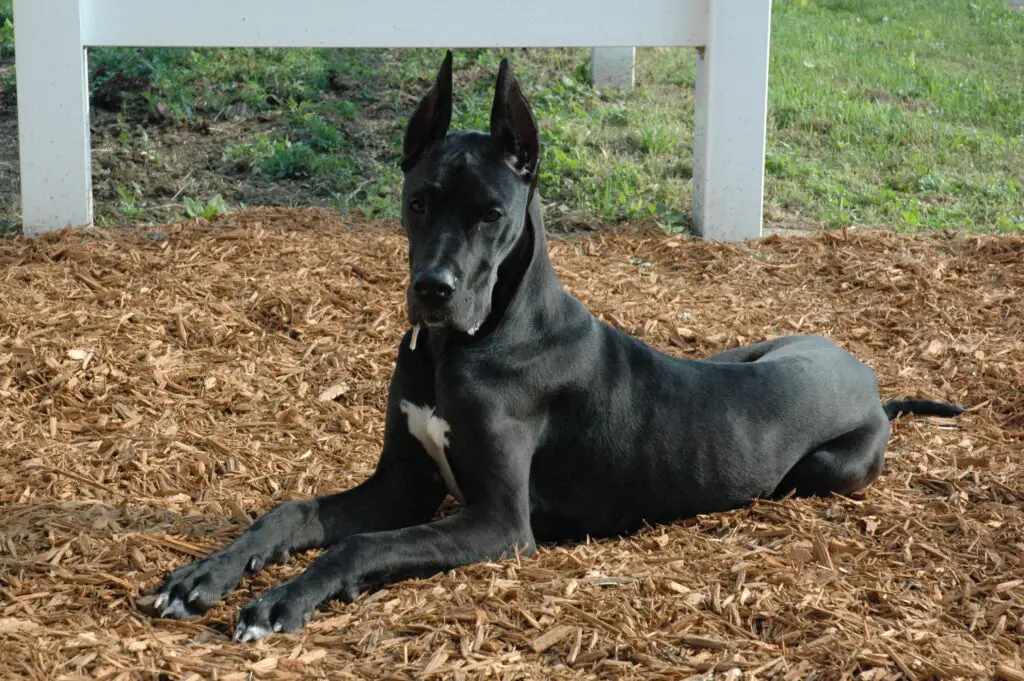
The good news: Great Danes are gentle giants. The bad news: everything about them is giant, including their problems. When a 120-pound dog has anxiety, you feel it. Their size means that even minor behavioral issues—like leash pulling, jumping, or whining—become unignorable real quick. They can also be surprisingly sensitive, often requiring extra emotional reassurance and gentle training methods. If left alone too long, they get anxious and may drool, bark, or even break things just by existing clumsily. Vet bills, food costs, and even dog beds are stressors too—everything’s bigger with a Dane. They’re sweet, loving, and loyal, but they need a lot of space (and calm energy) to thrive. If you’re chill and home often, they’ll match your vibe. But if you’re already stretched thin, you might not be ready for this much love in such a massive package.
15. Pomeranian
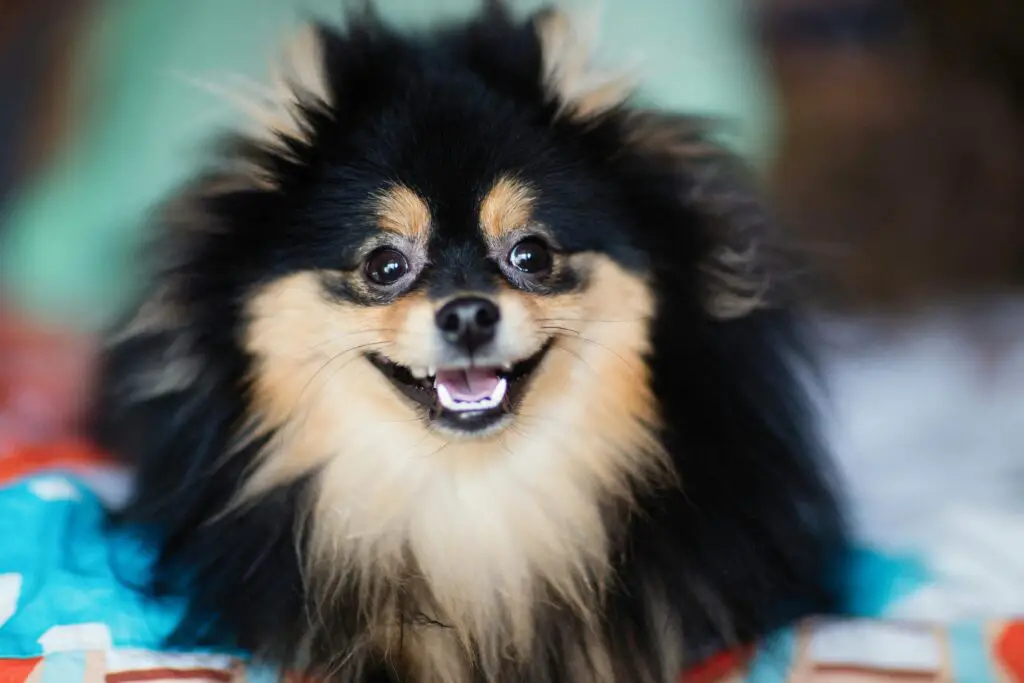
Tiny? Yes. Low-key? Absolutely not. Pomeranians are fluffy firecrackers with a diva complex. They bark at shadows, squirrels, and sometimes just the audacity of existence. Despite their size, they require just as much training and socialization as larger breeds—or else they develop “small dog syndrome” real quick. That means reactivity, possessiveness, and unpredictable yapping fits that can make your apartment sound like a haunted wind-up toy factory. They also don’t like being left alone and can get seriously clingy, making working from home feel like a hostage situation. They’re prone to separation anxiety and sometimes demand more attention than you’d expect from a five-pound ball of fluff. Grooming is also a time-suck, and neglecting it can lead to matted chaos. For some, their sass and loyalty are absolutely worth it. For others, the noise and neediness are more stress than fluff.
